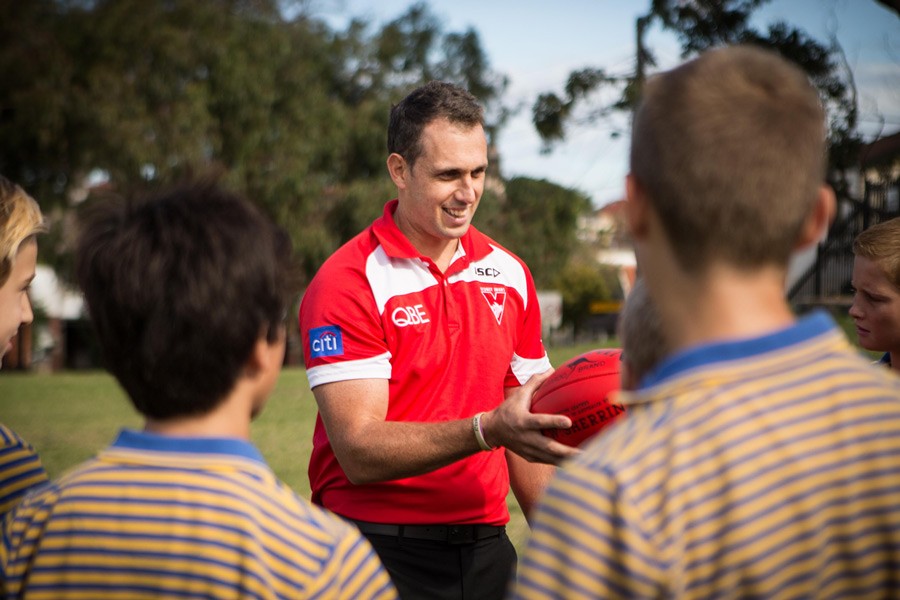Ever wondered what prompts a journalist to feature a particular business or story on the front cover, and what it would take for you to see your name featured there too?
Journalists receive dozens and sometimes more than hundreds of phone calls and emails every day from people who want them to tell their story. Most of these ‘stories’ never make it onto the news – in fact, many people get instantly turned down over the phone and a large proportion of emails don’t even get read!
Getting the media’s attention
In order to make sure your story gets heard, you need to really sell it to the journalist and think of how you can help make their job easier by giving them something that they would be proud to publish or air.
And to sell it you need to know how to deal with journalists and also be sure that what you are pitching in stands out as something that is newsworthy so that you’re not wasting their time (or yours). After all, the media wants a high quality of content for their audience and also their advertisers.
What is newsworthy?
There are several different things that make a story newsworthy:
Impact and Scale: How many people will it affect? For example, if you run a low-fat cupcake business, you have a range of key audiences – health-conscious people, dieticians, people in the hospitality business and baking enthusiasts, to name a few. So, when you’re pitching your story idea, use examples or statistics that emphasise the fact that your story will be of interest to a range of people, or that the issue you’re dealing with is a widespread one. Doing this helps the journalist to realise that it is an important story.
Conflict: If something is being argued about or if you are creating controversy, it’s more likely to be newsworthy! So, if people have been debating issues that directly affect your business, or which your business is involved in solving, you’re in a great position to get your side of the story out there. Just make sure the conflict cannot negatively impact on your business.
Timeliness: Is this new and groundbreaking, or a first? You might be onto something then. Another way of making a story newsworthy is to tie it into a particular announcement or event. For example, a gym that offers free classes for elderly people could pitch a story to a journalist before Seniors’ Day to increase their chance of getting coverage and also the magnitude of the story. If nothing newsworthy is happening with your business and you want some more examples of how to ‘create’ your own news, take a look at this previous post: What if your business is not newsworthy?
Proximity: If the media you’re targeting is within close proximity to your issue or the location of your story, they are more likely to be interested, because people care first and foremost about what’s happening in their own backyard.
Change and Trends: Journalists are always interested in change and initiatives that will shape the future. For example, how many media stories did you see and hear regarding the carbon tax when it was announced, and how many of them were people offering their two cents and businesses piggybacking off the trend to get in the media? If you’re able to include statistics or examples that illustrate change or new trends, journalists will be more inclined to make a story out of it. For example, if a counselling business sees an significant increase in the number of young people using your services around the time of final exams, this could be a nice inclusion in a story being written regarding stress levels and the HSC.
Prominence: If a high-profile person or event is associated with your story, you’re in luck!
Currency: Are there similar stories currently circulating in the media? Has a particular journalist written about your issue recently? If so, a follow-up story with a new twist or different angle might be a possibility. Or, you might be able to reference the popularity of your issue as a reason for it being topical.
Human interest: Let the journalist know that you want to tell your personal story, or have someone who has been assisted by your business tell their story. Situations that affect people or pull on your heartstrings, such as charity work, overcoming adversities and emotive interview opportunities with individuals, can help grab a journalist’s attention.
Unusual: Any different or quirky angle can help to make your story newsworthy.
Getting your story to the media
If your story idea has none of these elements, odds are it’s not newsworthy and a journalist won’t be interested in it – or you need a PR professional who can think outside the square to dig below the surface to identify newsworthy elements. If it has one or more of these newsworthy angles, emphasise these points using statistics and examples that will help the journalist envisage it being of interest to their audience!
About the author

Phoebe Netto is the founder of Pure Public Relations, a PR firm that focuses on outcomes, not output – it’s pure and simple. For over ten years, Pure Public Relations has been bringing big business experience to SMEs and not-for-profits. purepublicrelations.com.au


